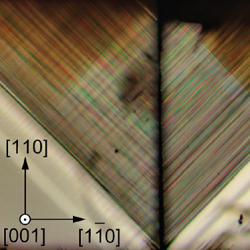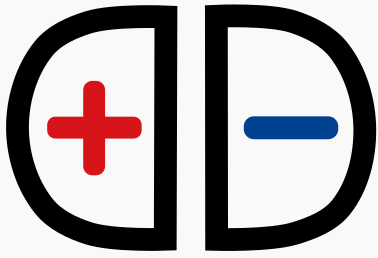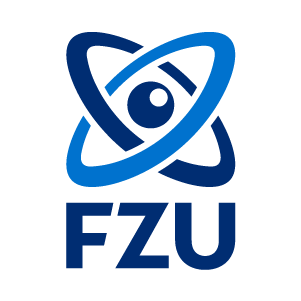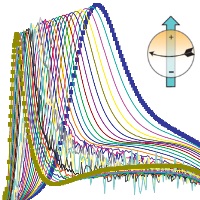 Dielectric and IR spectroscopy
Dielectric and IR spectroscopy
|
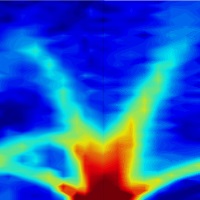 Light and neutron scattering
Light and neutron scattering
|
 Liquid crystals
Liquid crystals |
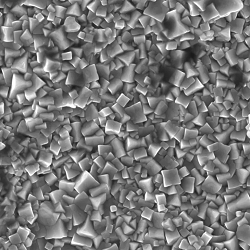 Solid-state materials science
Solid-state materials science
|
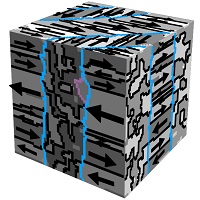 Theory and
Theory and simulations |
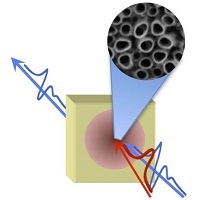 THz science and technology
THz science and technology
|
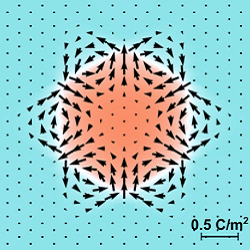 Topological structures
Topological structures
|
Main activities of Department of Dielectrics cover experimental and theoretical investigations of high-permittivity insulators like liquid crystals, ferroelectrics, multiferroics, piezoelectrics, semiconductor nanostructures, and low-loss materials.
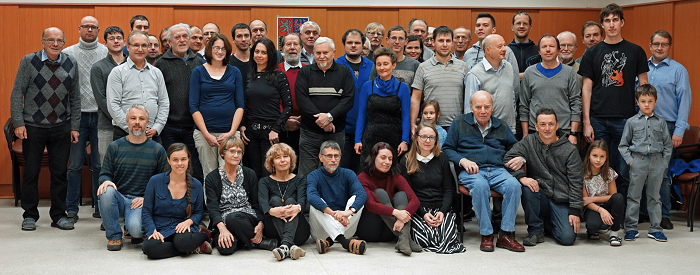
- Dielectric and IR spectroscopy
- Liquid crystals
- Light and neutron scattering
- Solid-state materials science
- Theory and simulations
- THz science and technology
- Topological structures
The most significant fresh scientific results of our deparment are listed in the section Highlights.

The organizers are tuning the optimal schedule for the event.
You can help by indicating your preferences:
https://imf2027.fzu.cz.

Photo from internship project awarded in FZU Photo Competition
Matin Sanginov, an Open Science student carrying out his project in the Liquid Crystal group in 2024, earned third place in the 2025 FZU Photo Competition. His photograph, On the Edge Between Darkness and the Wealth of Colours, captures beauty of the evolving textures of liquid crystals observed under a polarizing optical microscope.
During the FZU Open Days on Friday, 7 November, the institute held a festive ceremony to announce the winners of the 2025 FZU Photo Competition. Awards were presented by FZU Director Dr. Michael Prouza. In the high-school and university student category, third place was awarded to Matin Sanginov from the Christian Doppler high school. His photograph, On the Edge Between Darkness and the Wealth of Colours, beautifully captures the evolving textures of liquid crystals observed under a polarizing optical microscope.
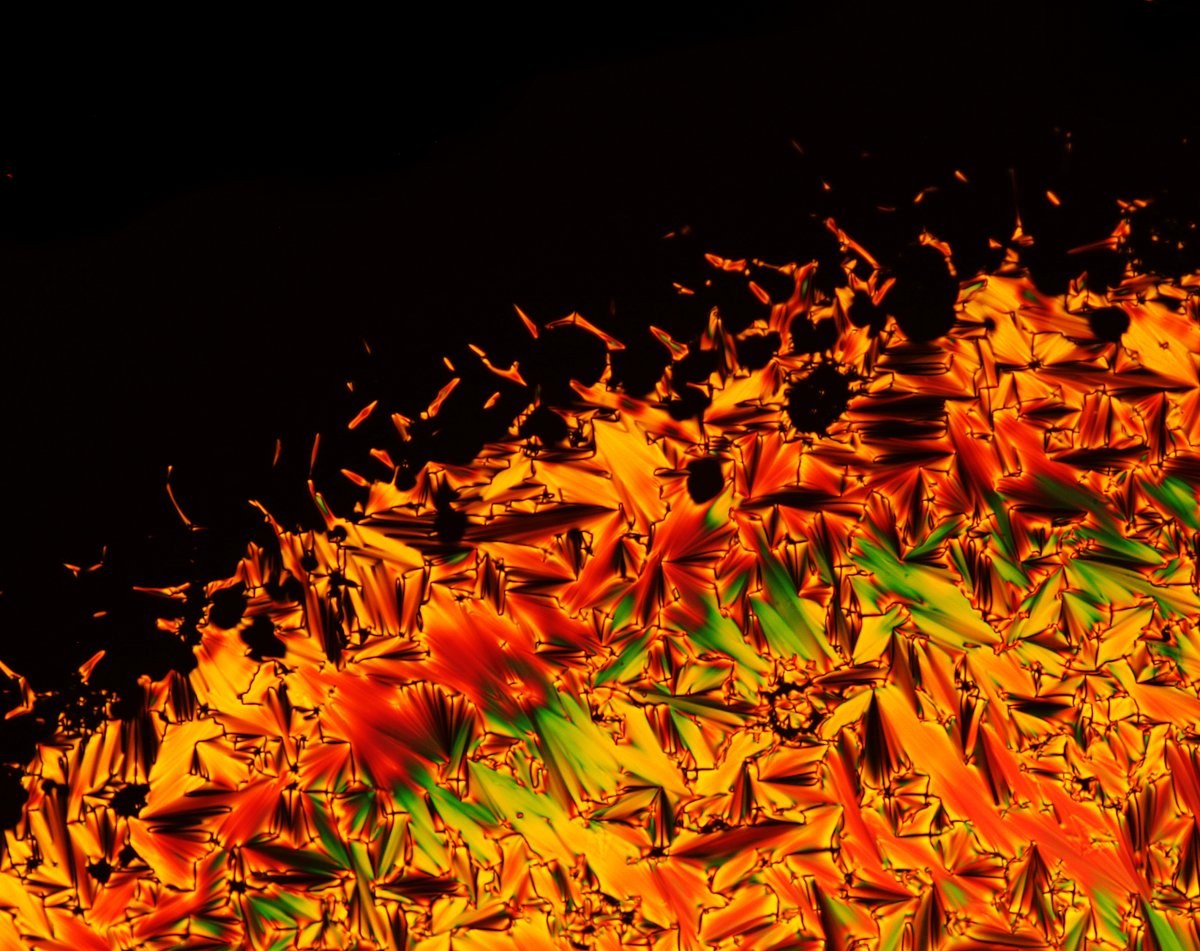
The awarded photo by Matin Sanginov showing the phase transition from the isotropic to the smectic A phase under crossed polarizers for a now photo-active liquid crystal.
Matin created his winning image during his Open Science 2024 internship, carried out in the Liquid Crystal group. His project, Study of phase transitions in new liquid crystalline materials, focused on the mesomorphic behaviour of new thermotropic liquid crystals. Working with polarized-light optical microscopy and differential scanning calorimetry (at the Department of Dielectrics) and on absorption spectroscopy and high-performance liquid chromatography (at the Department of Chemistry), he contributed to a deeper understanding of the relationship between the occurrence of a liquid-crystalline phase and the molecular structure for new advanced organic liquid crystalline materials.
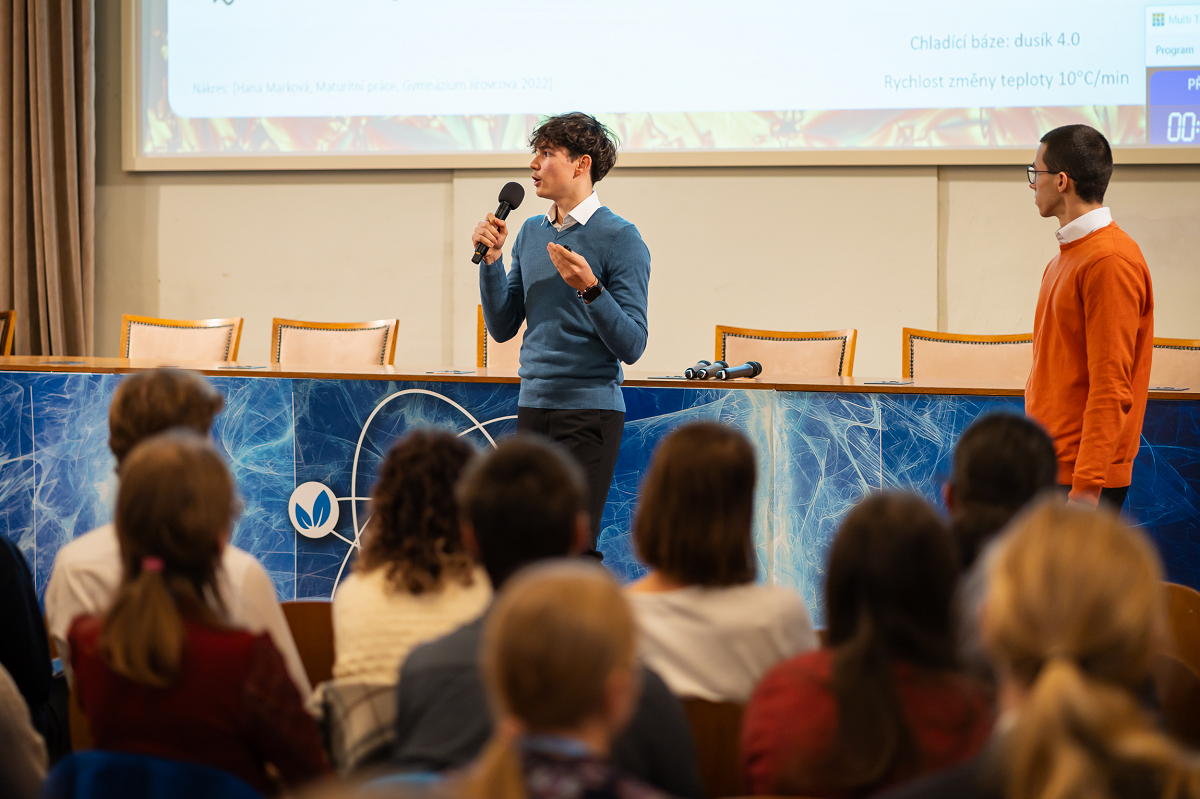
Matin Sanginov presents his Open Science project during the student conference November 2024.
His supervisor Alexej Bubnov says that Matin immediately impressed him with his motivation letter: “A damaged display had been sitting on my desk for a few days, gathering dust – but I couldn’t just throw away such beauty. One day, I took my optical microscope and began examining what was actually happening inside the display. I was fascinated. At around 50× magnification, individual points were visible; at 120×, the coarse metallic surface appeared, revealing patterns of this strange state of matter, caught between being a liquid and a solid crystal.” Matin’s curiosity and dedication led him also to participate in the VYDRA program, which offers an ‘Excursion into Real Scientific Work in Physics’ and guides students through essential steps of long-term research that schools typically cannot accommodate and that require expert supervision.
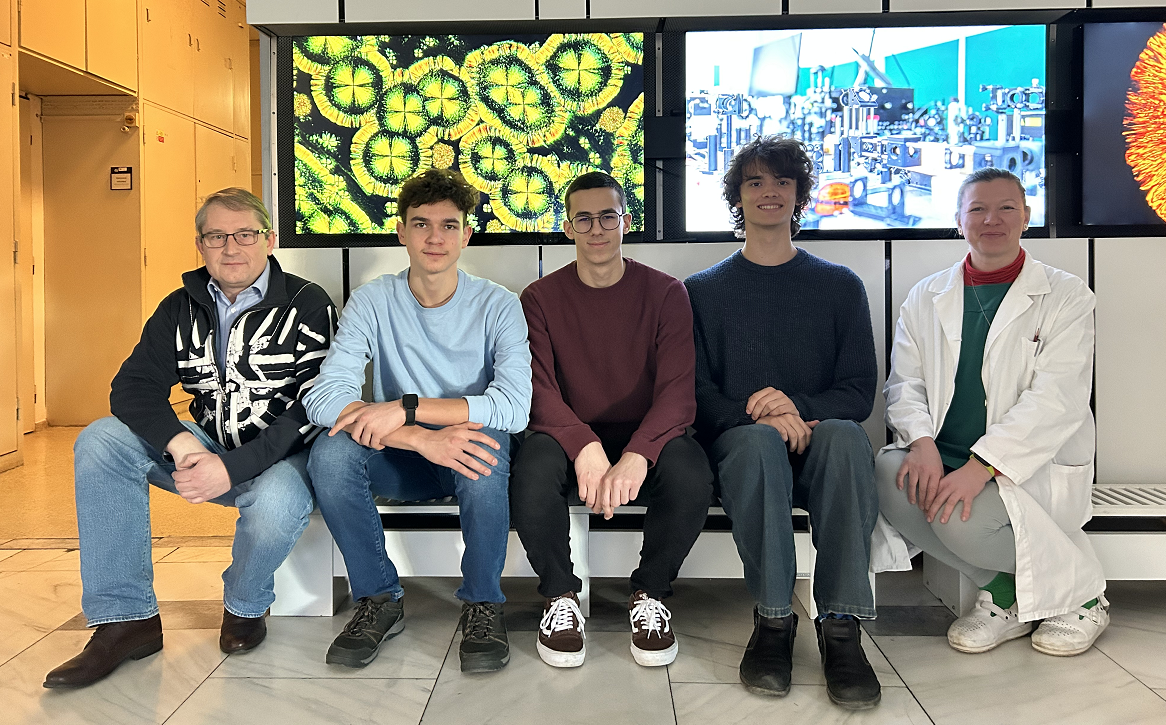
Lectors and students of the Open Science program 2024 working on liquid crystals: From the left Alexej Bubnov, his two Open Science fellows Matin Sanginov and Jakub Knop together with fellow Kryštof Hněvkovský and his lector Terézia Jurkovičová; texture of liquid crystal is displayed at the background.
The aim of the Open Science is to provide an access to scientific work for talented students already during their high school studies. Researchers from the Czech Academy of Sciences annually announce internships within the framework of the Open Science.

https://www.fzu.cz/en/popularization/events/open-science.
(show less)
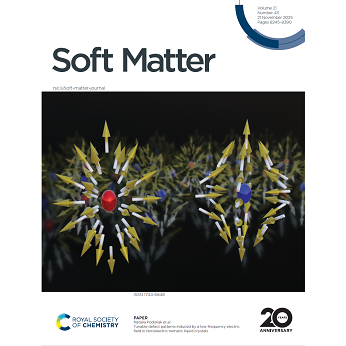
Tunable defect patterns induced by a low-frequency electric field in ferroelectric nematic liquid crystals
A team from the Liquid Crystal Group has discovered tunable 2D arrays of topological defects in a ferroelectric nematic liquid crystal, induced by an alternating electric field. This work suggests a useful way to produce reconfigurable, regularly patterned polarization structures that could be important for future soft-matter devices and tunable photonic systems [Soft Matter 21, 8257 (2025)]. An artistic visualization of molecular orientations near the electrically charged defects in ferroelectric nematics was selected for the front cover of the November issue of the Soft Matter journal.
Abstract: The regulation of topological structures and pattern formation has attracted wide attention in the field of condensed matter. Liquid crystals (LCs), as a class of soft matter, uniquely combine fluidity with anisotropic properties, making them ideal systems for exploring defect dynamics. When confined systems are subjected to external stimuli, LCs can exhibit a variety of topological defects. The recent discovery of ferroelectric nematics (NF), characterized by high permittivity and spontaneous polarization, has opened new possibilities for technological applications, enriching the landscape of accessible topological phenomena. In this study, we demonstrate the formation of tunable two-dimensional arrays of topological defects in an NF compound, induced by an alternating electric field in sandwich cells without pre-patterning. These defects self-organize into pseudo-square lattices, with their character and periodicity governed primarily by the frequency of the applied field and, to a lesser extent, by the cell thickness. We attribute the emergence of these structures to the interplay between elastic and electric forces appearing as a result of polar molecular reorientation. Our findings offer a promising approach for generating reconfigurable, spatially periodic polarization patterns, with potential relevance to future soft-matter-based devices and tunable photonic systems.
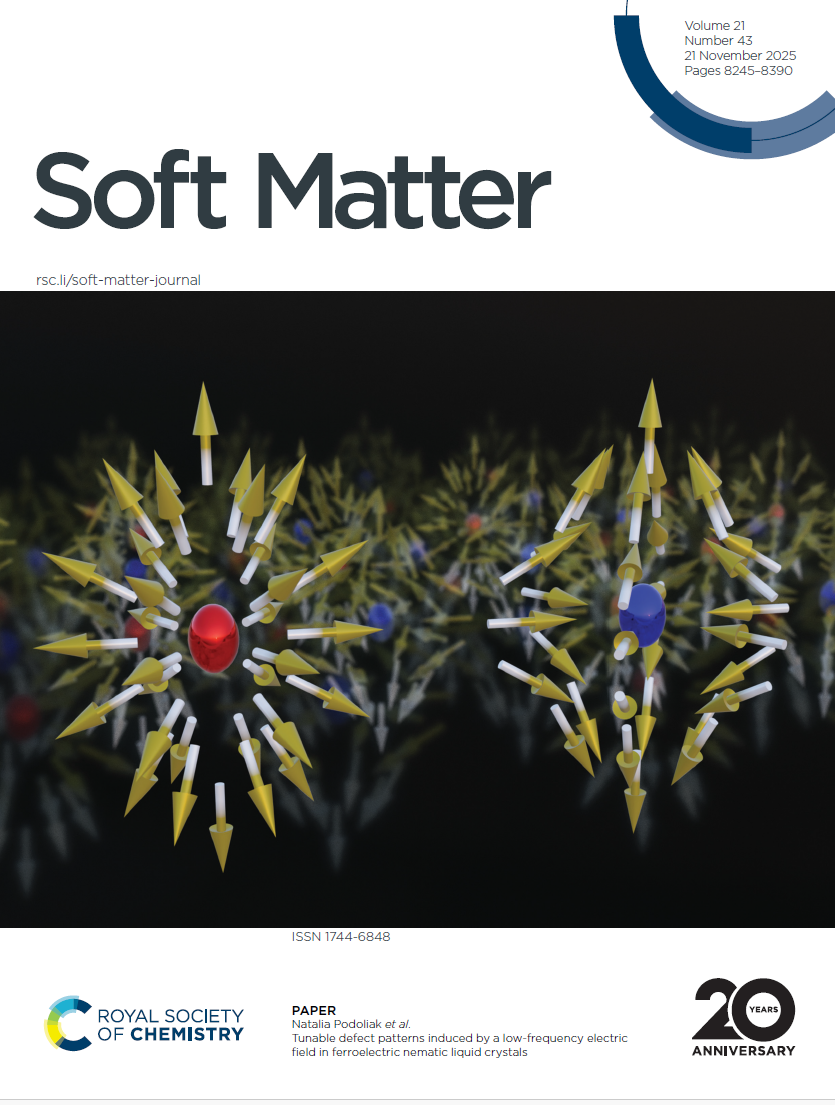
The front cover of the November issue of the Soft Matter journal features an artistic visualization of molecular orientations near the electrically charged defects in ferroelectric nematics [1].
References
[1] N. Podoliak, L. Lejček, M. Cigl, and V. Novotná,
Tunable defect patterns induced by a low-frequency electric field in ferroelectric nematics
Soft Matter 21, 8257 (2025).
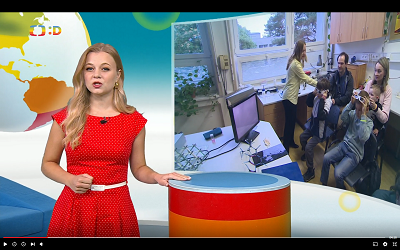
Exploring Science with Children: The Story of Liquid Crystals
Natalia Podoliak and Petr Ondrejkovič took part in Researchers’ Night with a playful and educational excursion titled "Fairy tale about a little Liquid Crystal". Several shots from their outreach activity were broadcast on Czech Television in the program Zprávičky (meaning “Little News”) (27.9.2025).
Natalia and Petr invited children into the mysterious world of the laboratory, where the little Liquid Crystal was “born”. This clever little character, who inherited many special and unique qualities from his father, Crystal, and his mother, Liquid, welcomed young visitors into his home. Together with their parents, the children discovered his story and learned how he found many talents and a wish to help people over time. Through an interactive and playful performance, the audience explored how LCD screens and polarized glasses work, and where liquid crystals appear in everyday life.
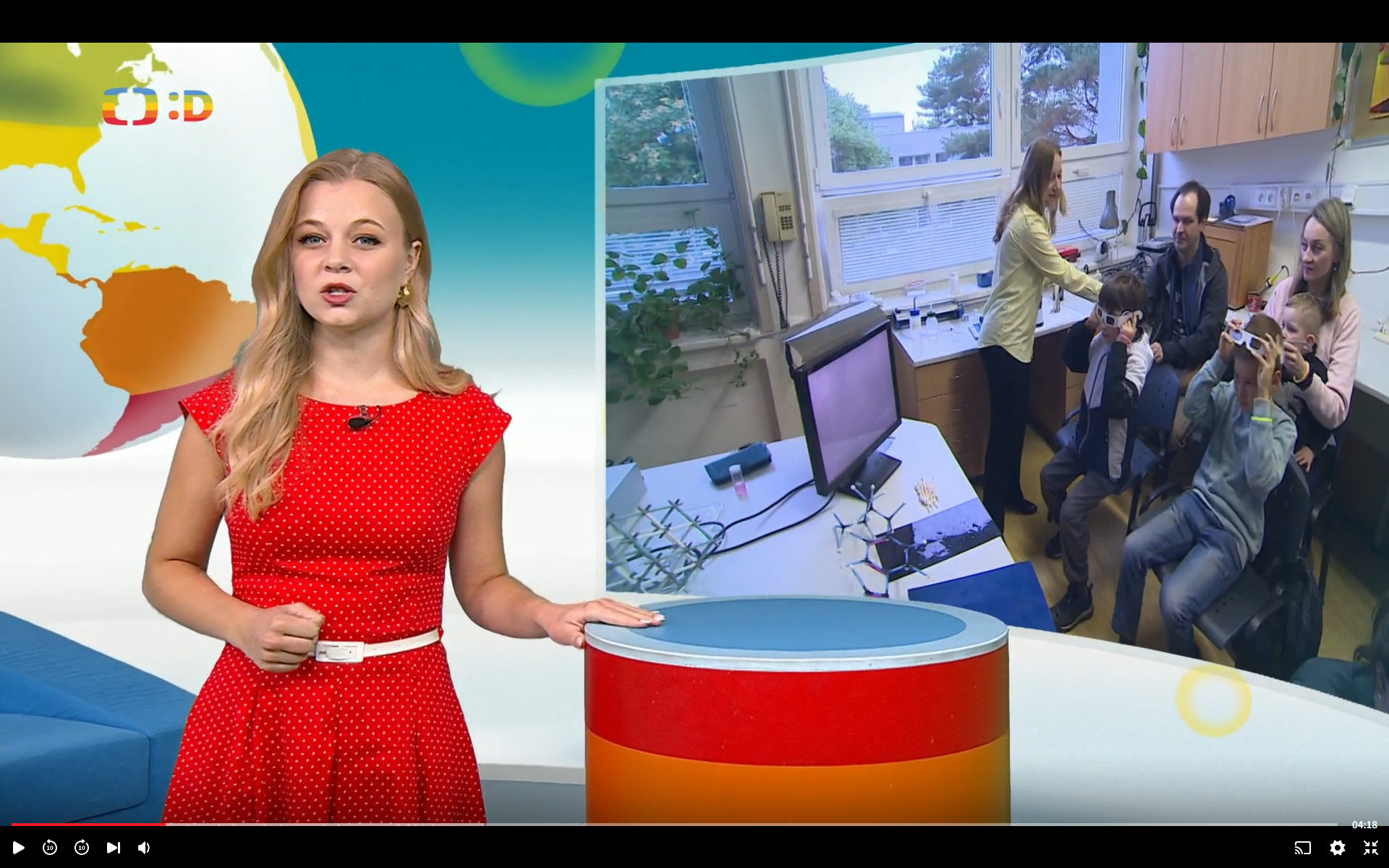
the liquid crystal laboratory during Researchers’ Night (source: Czech TV).
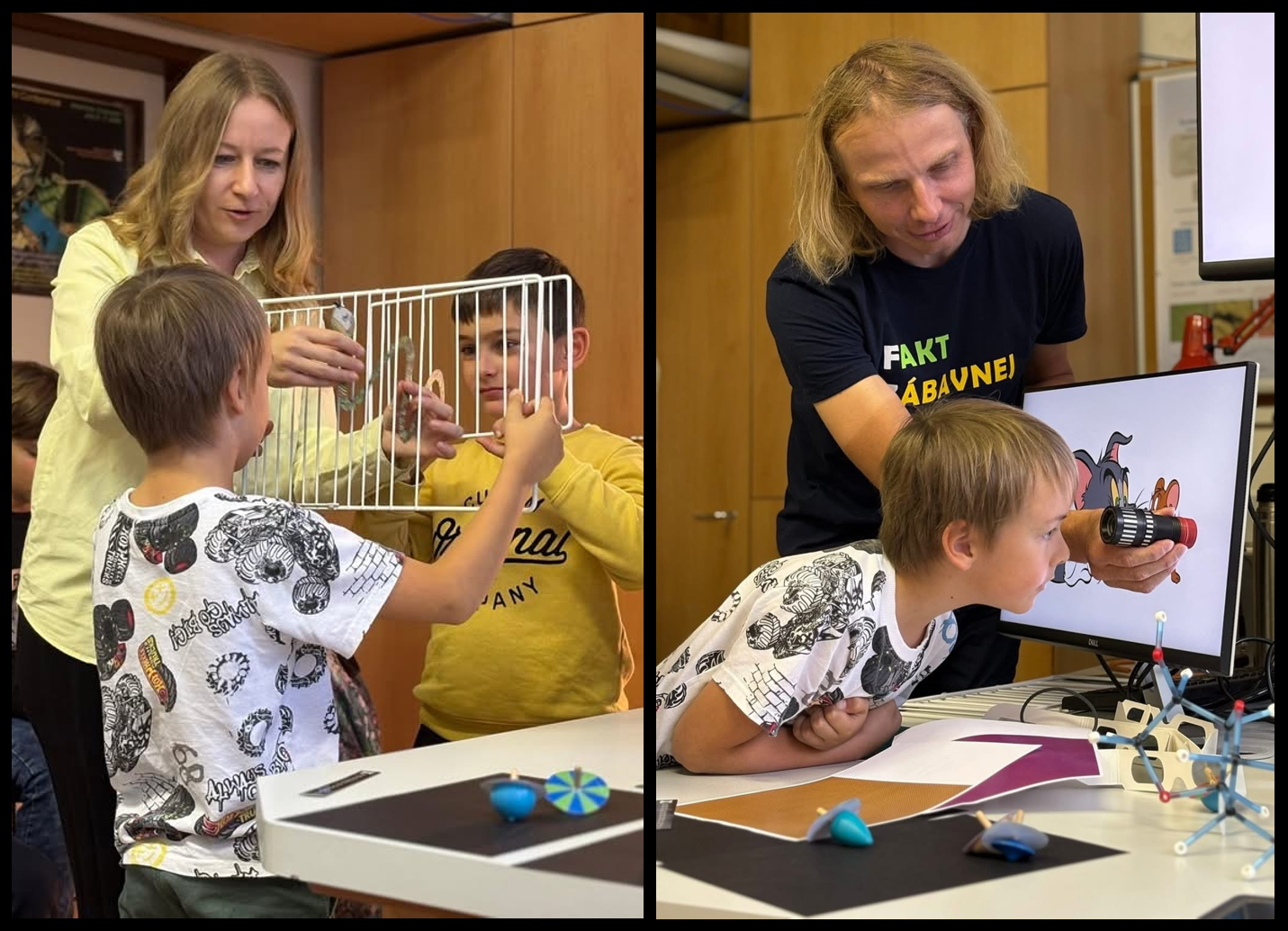
Petr guides children in exploring how screens work.
Check out also a short video on LikedIn (photo & video by Petr Cieslar, FZU).
Zprávičky (meaning “Little News”) is a Czech Television program on the children’s channel ČT :D, created for primary school audiences. It explains current events in a clear and engaging way, focusing on topics close to children’s lives such as school, sports, culture, the environment, and technology. With simple language, visuals, and interactive elements—including reports and questions from children—the show encourages curiosity, critical thinking, and media awareness. It has become a popular educational tool for families and schools across the Czech Republic.
Researchers’ Night was initiated by the European Commission in 2005 and its mission is to show that science is not boring, but on the contrary is a source of interesting and fascinating phenomena. One day a year, universities, research and development centres, science centres, and other places open with free guided tours, popular education presentations, workshops, experiments, science shows, music, and performances, amongst others, taking place. The aim of Researchers’ Night is to dispel myths about scientists as people locked in laboratories and to show the general public that they are “ordinary people” who do work for each of us, they can present it in an engaging way, and they can also have a good time.
More information about the Researchers’ Night at the Institute of Physics of the Czech Academy of Sciences: https://www.nocvedcu.cz/organizace/fyzikalni-ustav-av-cr.
(show less)
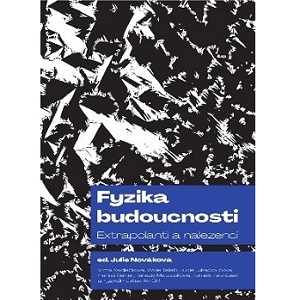
A popular-science anthology: "Physics of the Future"
Pavel Baláž contributed by a popular-scientific essay "Simulation and extrapolation, or how to glimpse into the future" to a new popular-science anthology named "Physics of the future: Extrapolators and foundlings" edited by Julie Nováková (FZU) [1]. The front cover was illustrated by an image of liquid crystals from Alexej Bubnov’s research.
The book "Fyzika budoucnosti: extrapolanti a nalezenci" (Physics of the future: extrapolators and foundlings) edited by Julie Nováková [1] is a unique Czech-language anthology that combines science fiction short stories with popular-science essays written also by researchers from the Institute of Physics of the Czech Academy of Sciences (FZU). The book explores how today's emerging physics fields — such as nanotechnology, spintronics, 3D printing, artificial intelligence, and high-pressure physics — might shape our future.
The sci-fi stories imagine various technological and societal futures, ranging from climate-challenged Earth to distant, speculative worlds. Each story is paired with a popular-science essay that explains the real-world science behind the fiction. For example, Hanus Seiner (excellent physicist from the Institute of Thermomechanics, and also a published science fiction author known for blending scientific depth with speculative storytelling) contributed by a science fiction story “Extrapolant” that offers a layered and reflective take on the work of physicists, filtered through a speculative future lens. The narrative explores the theme of predictive modeling and long-term scientific foresight. This story is followed by an essay "Simulation and extrapolation, or how to glimpse into the future" by Pavel Baláž who explores how scientists use simulations and extrapolations to model possible futures. He explains that while these tools can’t predict the future with certainty, they help us test "what if" scenarios and make informed decisions. He also highlights the value of science fiction as a form of "moral simulation" that lets us imagine not just technological outcomes, but their human and ethical consequences.
The goal of the anthology is twofold:
- To inspire curiosity about modern physics,
- And to bridge science and imagination, helping readers think critically about how new technologies might influence our lives.
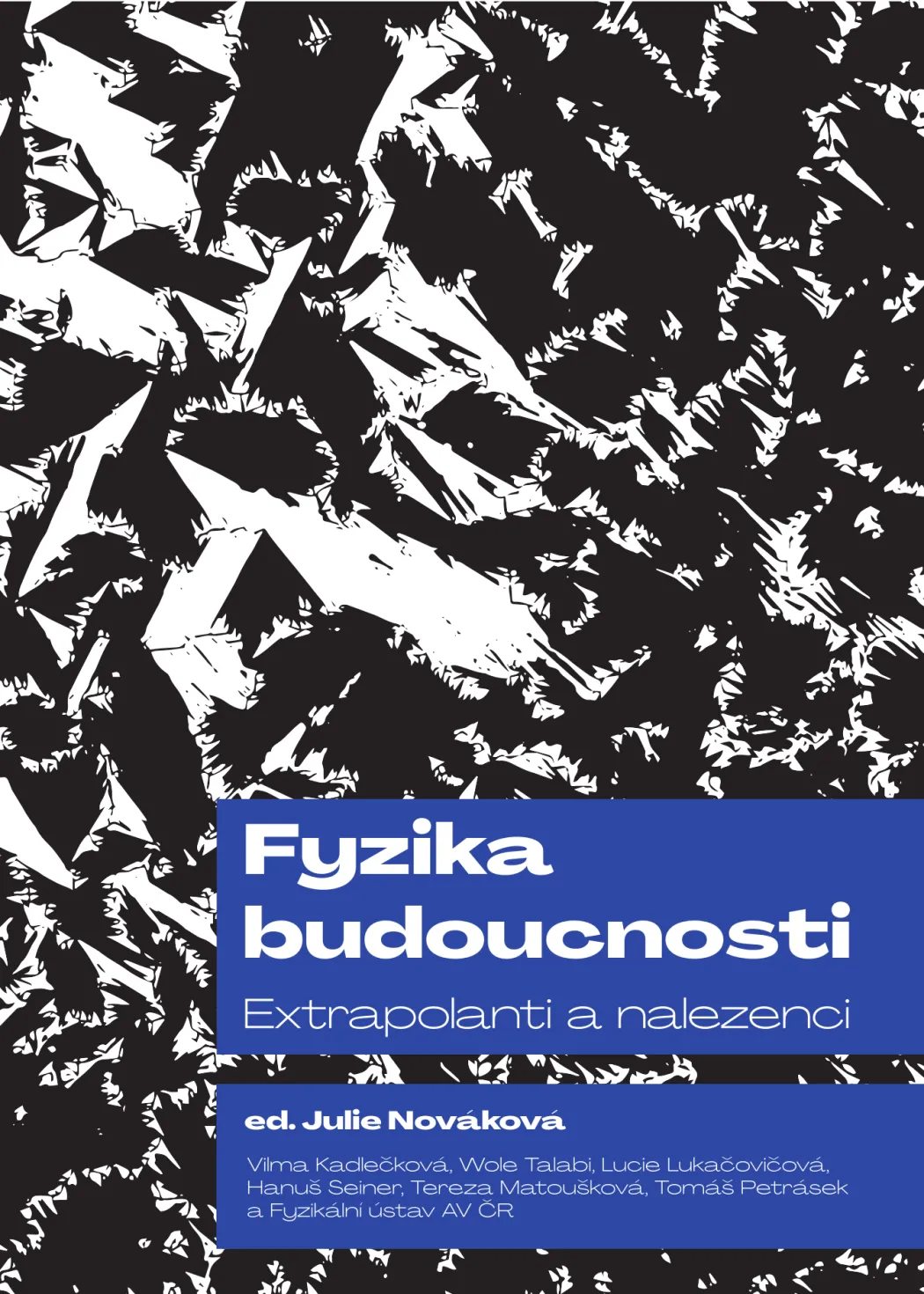
The front cover highlighted by a monochromatic image of liquid crystal texture under a polarizing optical microscope by Alexej Bubnov. The cover design was created by Karolína Horáčková.
[1] J. Nováková,(Ed.). (2025). Fyzika budoucnosti: Extrapolanti a nalezenci. Fyzikální ústav AV ČR. https://www.fzu.cz/verejnost/vyukove-materialy/antologie-fyzika-budoucnosti.
(show less)

Creation, annihilation and transport of nonmagnetic antiskyrmions
Vilma Stepkova and Jirka Hlinka explored by phase-field simulations how an electric field can be used to create or move antiskyrmions within a monodomain ferroelectric matrix [J. Appl. Phys. 137, 034102 (2025)]. The antiskyrmion annihilation highlighted the front cover of the January issue of Journal of Applied Physics.
Abstract: Atomistic model calculations [1] recently revealed that the polarization pattern at the cross section through nanoscale ferroelectric nanodomains in rhombohedral barium titanate shows a clear antiskyrmion attributes such as the net invariant topological charge of minus two. The present work [2] confirms that these topological defects also exist as local minima in the discretized Ginzburg–Landau–Devonshire model, which is widely used in phase-field modeling studies. We explore by phase-field simulations how an electric field can be used to create or move antiskyrmions within a monodomain ferroelectric matrix. The process of field-induced antiskyrmion annihilation reveals the existence of a discrete ladder of intermediate antiskyrmion states with distinct radii but common symmetry, topology, and geometrical properties.
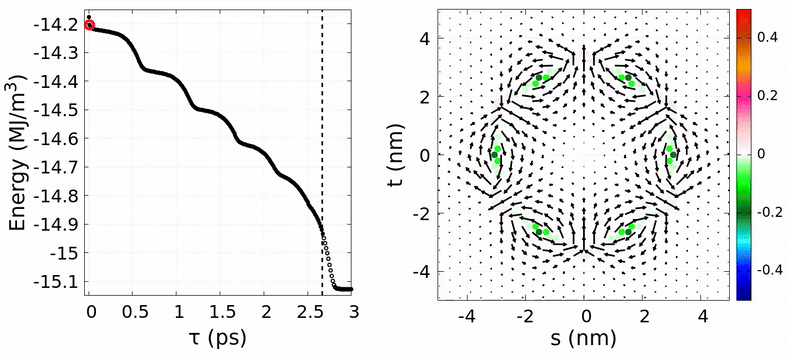
Annihilation of the antiskyrmion induced by an electric field [2].
The left panel shows the elastic Gibbs free energy density and
the right panel presents the antiskyrmion collapse (arrows
show the in-plane components of polarization field; colors stand for the invariant skyrmion density).
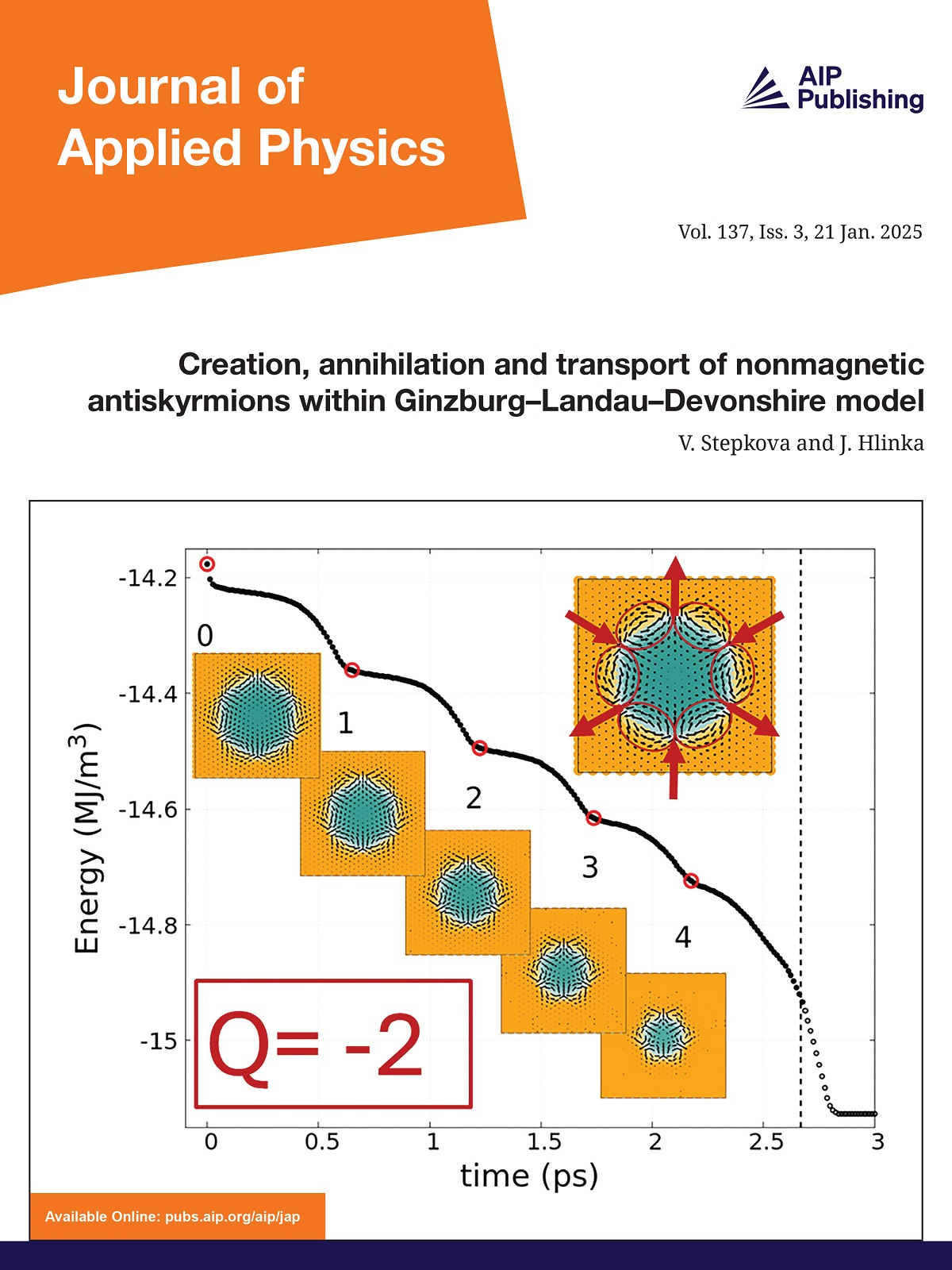
The front cover of the January issue of Journal of Applied Physics illustrated by antiskyrmion patterns and its free energy during the antiskyrmion collapse [2].
References
[1] M. A. P. Gonçalves, M. Paściak, and J. Hlinka
Antiskyrmions in ferroelectric barium titanate,
Phys. Rev. Lett. 133, 066802 (2024).
[2] V. Stepkova and J. Hlinka
Creation, annihilation and transport of nonmagnetic antiskyrmions within Ginzburg–Landau–Devonshire model,
J. Appl. Phys. 137, 034102 (2025).
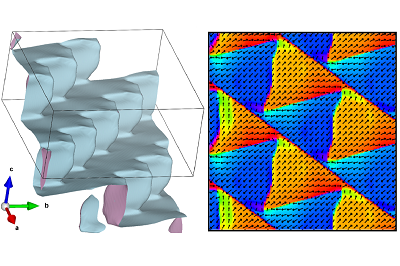
Pyramidal charged domain walls in ferroelectric BiFeO3
We uncover the physical origins of the enigmatic zigzag domain structure in the prototypical multiferroic material BiFeO3. Using phase-field simulations, we demonstrate that spatially-homogeneous defect charges result in domain structures that closely resemble those observed experimentally. The acquired understanding of the underlying physics of pyramidal-domain formation may enable the engineering of new materials with self-assembled domain structures. [Commun. Mater. 6, 161 (2025)].
We addressed a long-standing puzzle in ferroelectric research: the origin of unusual zigzag and pyramidal domain structures in the multiferroic material BiFeO3. These complex patterns had been observed experimentally for years, but their physical cause remained unclear. Using phase-field simulations within the Landau–Ginzburg–Devonshire framework, we demonstrated that they can naturally form when defect charges are distributed homogeneously in the crystal. The system compensates these charges by creating pyramid-like domains in which the polarization rotates to lower the overall energy. Our simulated patterns agree closely with transmission electron microscopy observations of BiFeO3 crystals from our colleagues at the University of Warwick, giving strong support to our model. Beyond solving a fundamental question, this insight has practical value. The pyramidal domains are highly regular and self-assembled with nanometer-scale periodicity, making them attractive for applications requiring precise ordering, such as optics or topological defect-based devices.
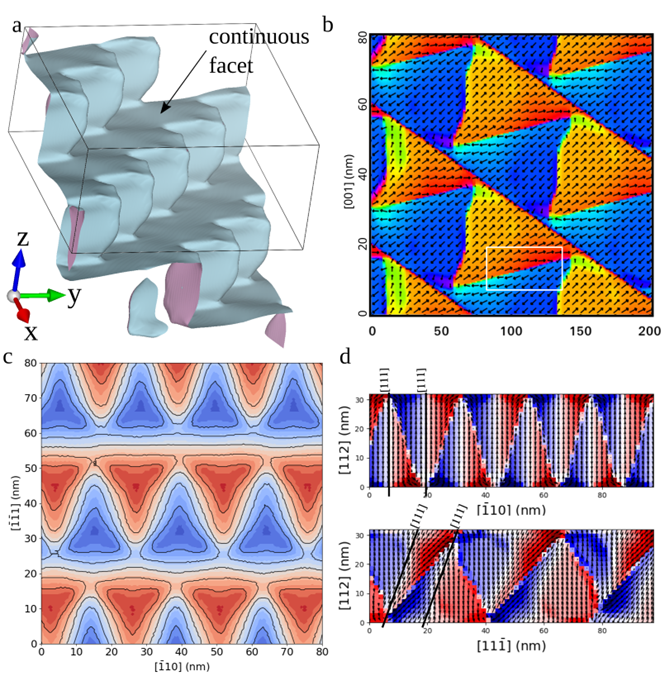
Phase-field simulations for a rhombohedral ferroelectric material:
a) 3D visualization of the wall surface.
b) Ferroelectric polarization visualized in the plane (-110).
c) Distance of the domain wall from the center of the charged layer measured along [111].
d) Deviation of the polarization from the pyramid’s axis.
Polarization is projected to two selected planes, color indicates polarization component perpendicular to [111] direction.
Red: positive, blue: negative, white: no deviation.
[1] P. Marton, M. Paściak, M. A. P. Gonçalves, O. Novák, J. Hlinka, R. Beanland, and M. Alexe, Pyramidal charged domain walls in ferroelectric BiFeO3, Commun. Mater. 6, 161 (2025).
(show less)
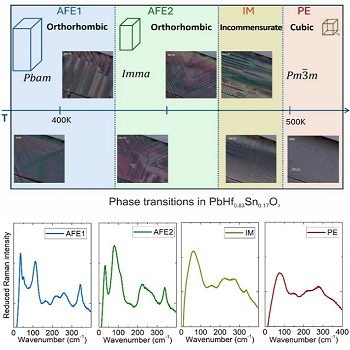
Phonon studies of the phase transition sequence in an antiferroelectric single crystal
The sequence of phase transitions in PbHf0.83Sn0.17O3 was studied using THz, far-infrared, and Raman spectroscopies.
These investigations revealed the complementary roles of polar and non-polar phonons in lattice dynamics,
establishing the sequence of transitions on cooling as PE → IM → AFE2 → AFE1
[J. Appl. Phys. 138, 104101 (2025)].
The investigation of Pb(Hf,Sn)O3 and the fundamental mechanism of its antiferroelectric properties help to advance in the field of materials for energy storage. This paper aims to better understand the lattice dynamics and the different phonons that drive the exotic phase transitions of this system, including an unknown intermediate phase at high temperatures.
The sequence of phase transitions in PbHf0.83Sn0.17O3 (PHS-17) has been studied by THz, far infrared, and Raman spectroscopies. Spectroscopic investigations revealed the complementary behaviour of both polar and non-polar phonons and their impact on the lattice dynamics, concluding that the sequence of phase transitions for PHS-17 on cooling is PE → IM → AFE2 → AFE1.
Symmetry analysis and optical observations revealed that the intermediate IM phase has plausible tetragonal symmetry and it is, driven by an polar instability from the center of the Brillouin zone. Domain dynamics suggests that the presence of Sn triggers the development of the IM phase with its distinctive tweed pattern. The overall transformation from the cubic paraelectric phase (PE) to the final antiferroelectric orthorhombic Pbam phase (AFE1) thus involves two middle phases that sequentially accommodate the shifts of Pb atoms and tilts of the oxygen octahedra. The Pb atom is more sensitive to the high temperature phase transitions through strong dielectric anomalies, while oxygen atoms are more significant in the AFE2 and AFE1 phases, where their antiferrodistortive modes become the main driving force.
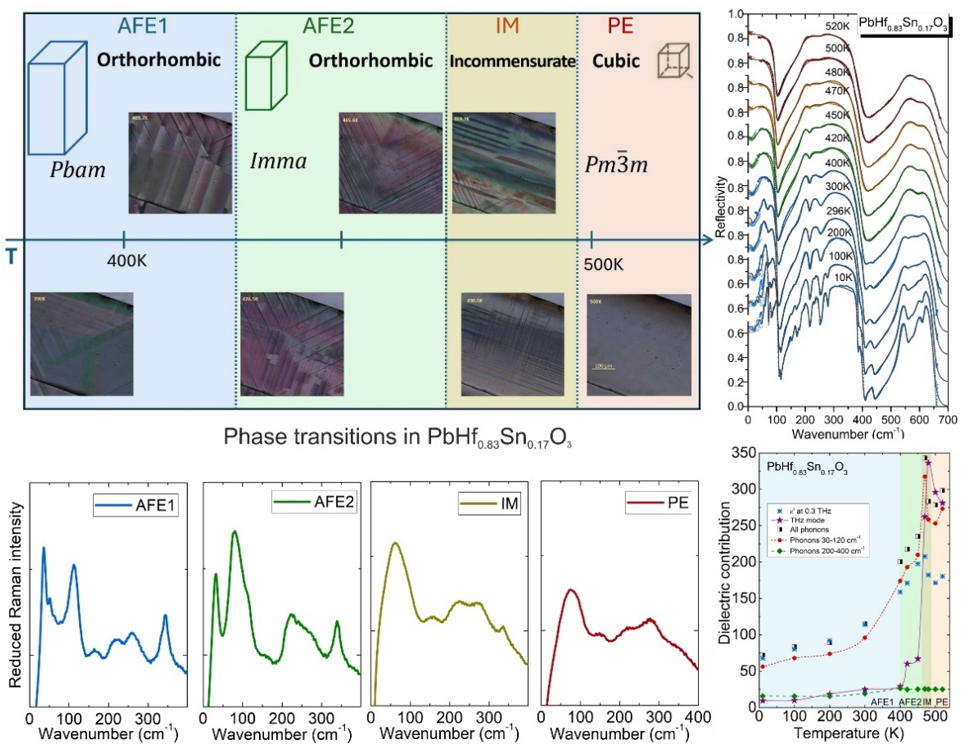
Schematics of the phase transition sequence in antiferroelectric Pb(Hf0.83Sn0.17)O3.
[1] Anirudh K R, C. Milesi-Brault, C. Kadlec, D. Nuzhnyy, A. Majchrowski, M. Krupska-Klimczak, I. Jankowska-Sumara, and E. Buixaderas,
Phonon studies of the phase transition sequence in antiferroelectric single crystal of Pb(Hf0.83Sn0.17)O3,
J. Appl. Phys. 138, 104101 (2025).
(show less)

Antiskyrmions in ferroelectric barium titanate
Our recent molecular dynamics computational study reveals that the bulk crystal of the archetypal ferroelectric perovskite BaTiO3 can host ferroelectric antiskyrmions at zero field. We show that the antiskyrmion has just 2-3 nm in diameter and that it carries a very exotic topological charge of minus two [Phys. Rev. Lett. 133, 066802 (2024)].
The prediction and experimental confirmation of magnetic skyrmions revolutionized the physics of nanoscale magnetism and opened new horizons for spintronics. In spite the inherently shorter and faster correlations of the electric polarization and challengingly smaller correlation lengths, the recent developments in electric skyrmionics follow these innovations. It is only 5 years since the first observation of a ferroelectric skyrmion in thin lead-strontium titanate superlattices [1].
The present molecular dynamics computational study [2)] reveals that the bulk crystal of the archetypal ferroelectric perovskite (barium titanate) can host peculiar 2-3 nm wide standalone polar columns stable till temperatures of several tens of Kelvins. They are spontaneously surrounded by a unique noncollinear polarization pattern (see figure) that has never been described before. We explained how and why this pattern is formed and stabilized. Since its invariant skyrmion topological charge is an integer with a sign opposite to that of the usual skyrmions, they named this soliton as ferroelectric antiskyrmion. They clarify that formation of antiskyrmions consists in breakdown of high-curvature 180-degree ferroelectric walls into triplets of lower-energy 71-degree walls. It is explained that this process is favored by a fortunate combination of the moderate anisotropy of the anharmonic electric susceptibility and the pronounced anisotropy of the polarization correlations in barium titanate crystals. These findings represent a clear milestone in the studies of topological defects in ferroelectrics.
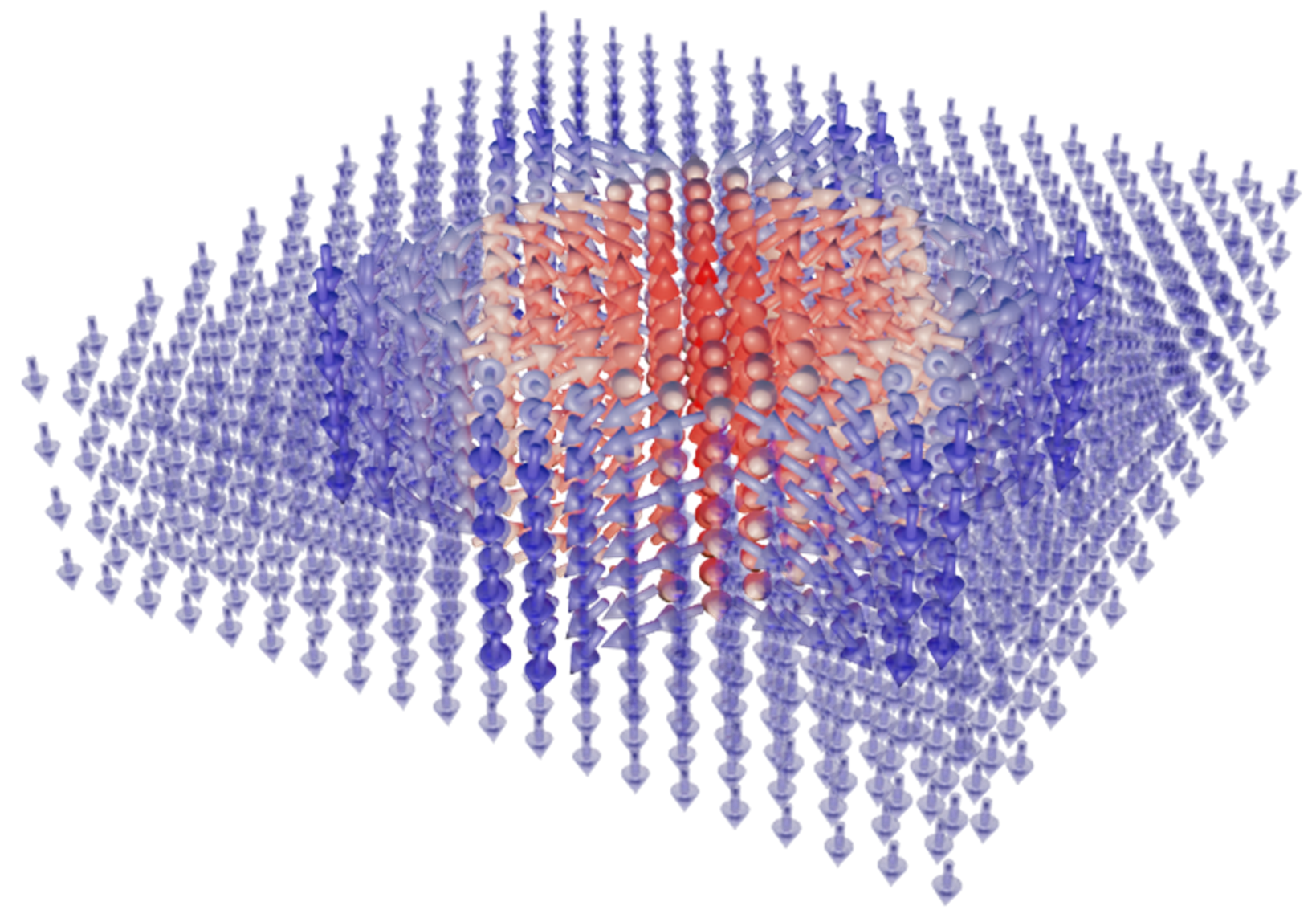
Figure: Polarization pattern of the ferroelectric antiskyrmion in rhombohedral BaTiO3 obtained from atomistic shell-model based computational experiment.
[1] S. Das, Y. L. Tang, Z. Hong, et al., Observation of room-temperature polar skyrmions, Nature 568, 368 (2019).
[2] M.A.P. Gonçalves, M. Paściak, and J. Hlinka, Antiskyrmions in ferroelectric barium titanate, Phys. Rev. Lett. 133, 066802 (2024).
(show less)
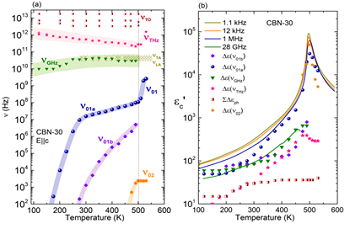
Coexisting polarization mechanisms in tetragonal tungsten bronze Ca0.3Ba0.7Nb2O6
We have proven that Ca0.3Ba0.7Nb2O6 displays a ferroelectric phase transition of mixed displacive and order-disorder character, and that its paraelectric phase does not show traces of relaxor behaviour but precursor effects as polar fluctuations below about 550 K [Phys. Rev. B 110, 104302 (2024)].
Tetragonal tungsten bronzes are the second most important ferroelectric family after the perovskite one, and they give more versatility to play with multiferroic properties, as it has 5 different crystallographic sites to fill with different elements (see Figure 1). In this work we have used a broad band dielectric spectroscopy approach to study the dielectric response of one of these interesting compounds Ca0.3Ba0.7Nb2O6 (CBN3-30) within an impressive frequency range of 14 decades: from 1 Hz to 1014 Hz. We have proven that CBN-30 displays a ferroelectric phase transition of mixed displacive and order-disorder character, and that its paraelectric phase does not show traces of relaxor behaviour but precursor effects as polar fluctuations below about 550 K. This is partially attributed to the presence of Ca in the lattice, and its effect on maintaining the long-range polarization due to the Nb displacements along the main axis and suppressing the perpendicular displacements.
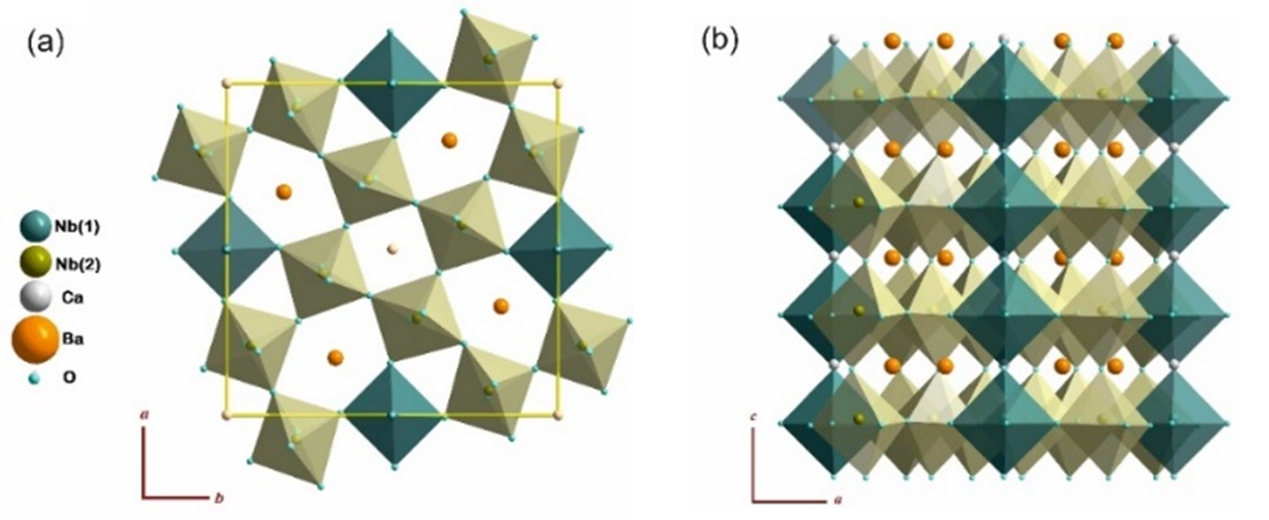
Figure 1: Structure of CBN-30 in two orientations. Nb(1) are inside the linking octahedra in dark colour, and Nb(2) inside the perovskite-like octahedra in light colour.
The analysis of the sub-MHz dielectric response together with infrared and Raman spectroscopy reveals that simultaneous polarization mechanisms are responsible for the phase transition. The main excitations have been phenomenologically assigned to phonons, to a soft anharmonic vibration of cationic origin, and to a relaxation in the GHz range related to polarization fluctuations of nanometric size. This GHz relaxation carries the main part of the permittivity at high temperatures in the paraelectric phase and on cooling it splits below TC into several weaker excitations with different polarization correlation lengths. The comparison of the excitations found in CBN-30 with those of the famous (Sr,Ba)Nb2O6 reveals that these mechanisms are congruous, although in CBN-30 the main relaxation process behaves differently due to the different domain structure and the presence of more distorted oxygen octahedra network. The overall dielectric response was therefore explained by coexistence of several excitations with different thermal behaviors, corroborating the complexity of the tetragonal tungsten bronze structures.
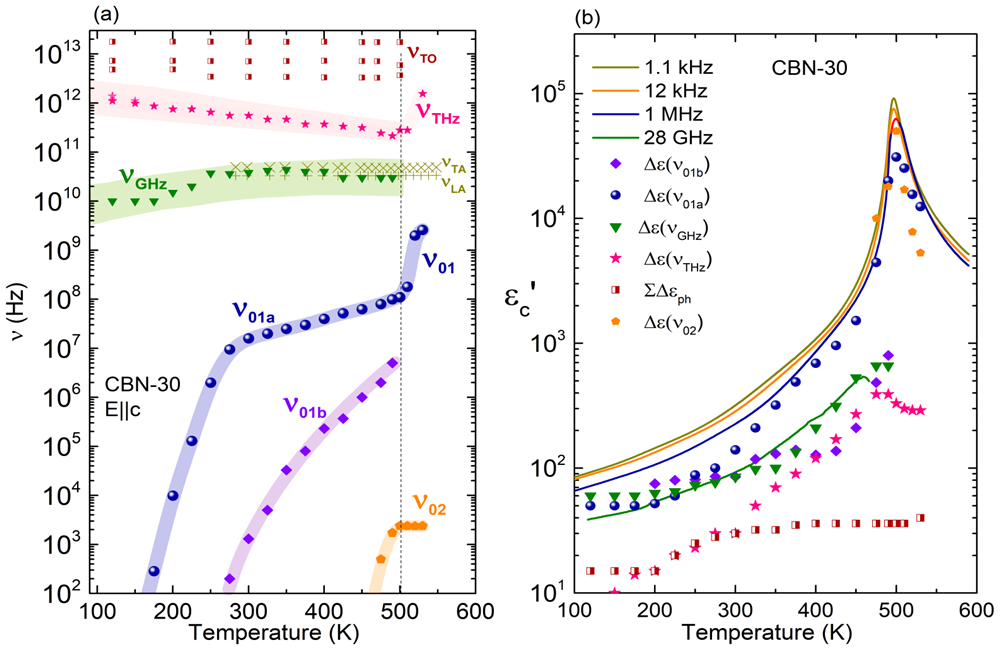
Figure 2: Temperature dependence of the frequencies of the main excitations in CBN-30 (a), and their dielectric contribution to the permittivity (b), together with selected experimental data.
This work was partially supported by the Czech Academy of Sciences and the Lithuanian Academy of Sciences through the bilateral Project No. LAS-21–02. E.B. acknowledges support from the Ministry of Education, Youth, and Sports of the Czech Republic by the EU cofunded grant “Ferroic Multifunctionalities”, Project No. CZ.02.01.01/00/22_008/0004591.
Reference
[1] E. Buixaderas, Š. Svirskas, C. Kadlec, M. Savinov, P. Lapienytė, Anirudh K.R., C. Milesi-Brault, D. Nuzhnyy, and J. Dec Coexisting polarization mechanisms in ferroelectric uniaxial tetragonal tungsten bronze Ca0.3Ba0.7Nb2O6 (CBN-30) Phys. Rev. B 110, 104302 (2024).
(show less)
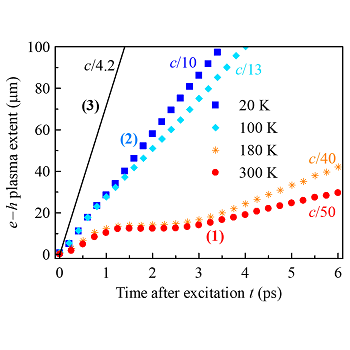
Ultrafast long-distance expansion of electron-hole plasma in direct bandgap semiconductors
Transport of charge carriers inside crystals is determined by their energy band structure which only permits velocities smaller than ~c/100 in known materials. We demonstrated that ultrafast and long-distance propagation of electron-hole plasma (velocities up to c/10, reaching more than 100 μm) is possible as a quite general result of fundamental electron-photon interaction in direct bandgap semiconductors upon strong pulse photoexcitation with low photon excess energy above the bandgap [PRL 130, 226301 (2023) & Nanophotonics 13, 1859 (2024)].
Electron-hole plasma expansion with velocities exceeding c/50 and lasting over 10 ps at 300 K was evidenced by time-resolved terahertz spectroscopy [1]. This regime, in which the carriers are driven over >30 μm is governed by stimulated emission due to low-energy electron-hole pair recombination and reabsorption of the emitted photons outside the plasma volume. At low temperatures a speed of c/10 was observed in the regime where the excitation pulse spectrally overlaps with emitted photons, leading to strong coherent light-matter interaction and optical soliton propagation effects.
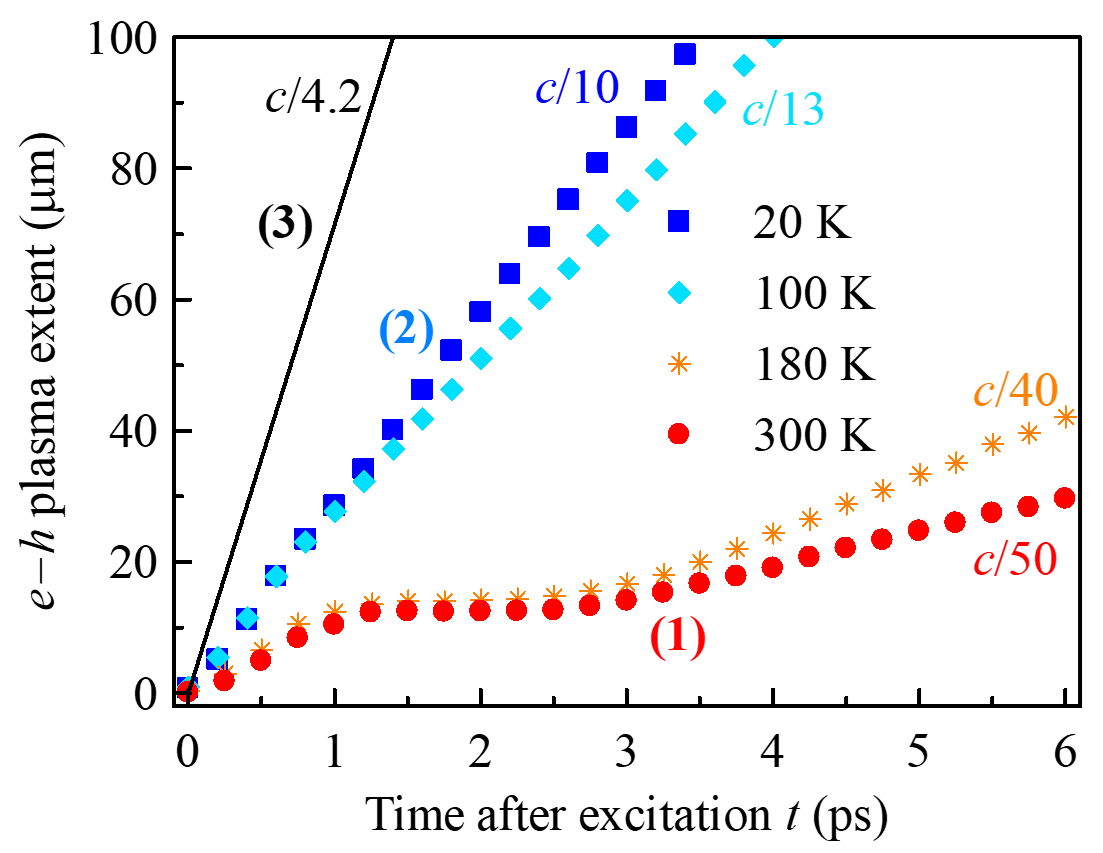
Figure:
Propagation of plasma as measured by THz pulse probing of photocarriers in GaAs shows that assistance of light can dramatically enhance
the charge propagation rates.
(1) In incoherent regime the plasma propagation is due to stimulated emission and reabsorption of photons;
(2) In coherent regime at low temperature the electron – photon interaction leads to Rabi dynamics and soliton formation and propagation;
(3) for comparison: group velocity of light in GaAs.
[1] T. Troha, F. Klimovič, T. Ostatnický, F. Kadlec, P. Kužel, and H. Němec, Ultrafast long-distance electron-hole plasma expansion in GaAs mediated by stimulated emission and reabsorption of photons, Phys. Rev. Lett. 107, 226301 (2023).
[2] T. Troha, F. Klimovič, T. Ostatnický, H. Němec and P Kužel, Photon-assisted ultrafast electron–hole plasma expansion in direct band semiconductors, Nanophotonics 13, 1859 (2024).
(show less)
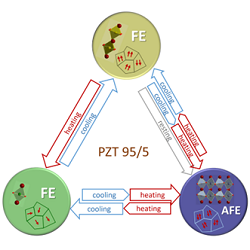
Paving the way to a 3-state thermal switch using antiferroelectric Pb(Zr1-xTix)O3
We propose a novel approach of phase-control in Pb(Zr0.95Ti0.05)O3 (PZT95/5) based on the thermal behavior of its phases. Our results show the possibility to thermally switch among three states near room temperature using small temperature gradients by heating-cooling cycles at slow rates. Thus, PZT95/5 ceramics are potential materials for room temperature device applications [Acta Materialia, 119208 (2023), online].
Pb(Zr1-xTix)O3 with very high content of Zr shows an antiferroelectric ground state and possesses an exceptional property: the coexistence of several built-in structural instabilities at high temperatures. This leads to the possibility of their successive condensation on cooling to trigger a sequence of phase transitions, instead of reaching directly the antiferroelectric state, as in pure PbZrO3. This peculiar behaviour is more pronounced in compositions near the antiferroelectric morphotropic phase boundary and the tricritical point around room temperature, as Pb(Zr0.95Ti0.05)O3 (PZT 95/5), where three phases are energetically available.
Raman scattering experiments performed out of the thermodynamical equilibrium revealed a complex and hysteretic thermal behaviour of the phase transition dynamics, due to the inhomogeneous microstructure and the coexistence of regions with different phases within the samples. A way to control the thermal development of these different phases is to selectively condense the different instabilities by an external parameter such as temperature, hence creating a sequence of phase transitions instead of a direct phase transition.
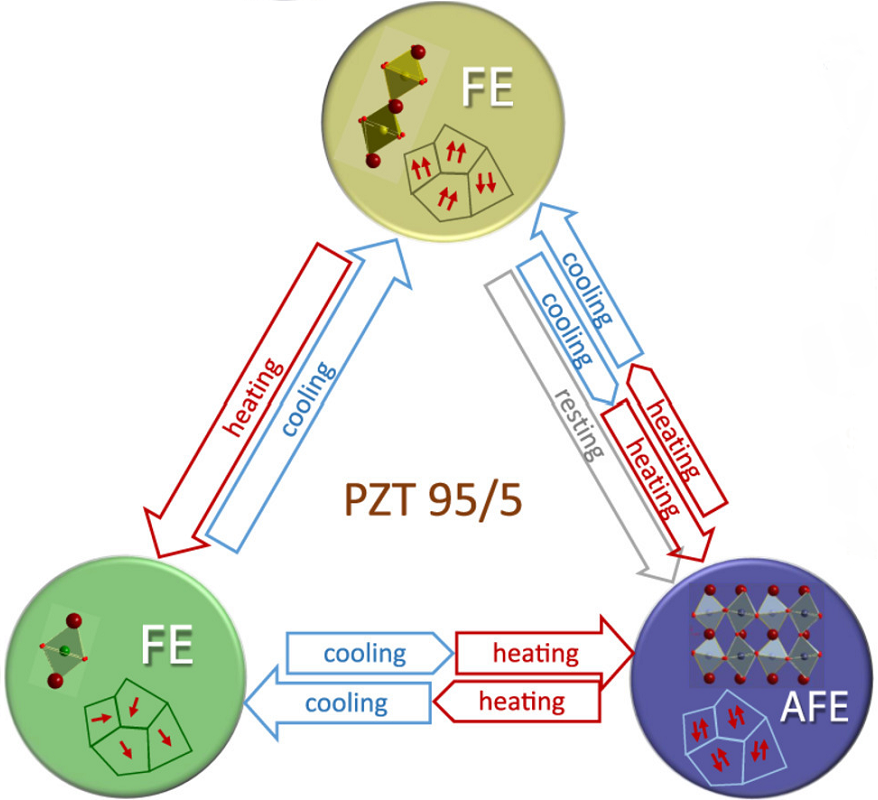
Figure: Scheme of thermal switching using the three near-room-temperature phases of PZT 95/5.
Our results, obtained under many different experimental conditions and specific pre-history, suggest that ceramics with composition near PZT 95/5 are potential materials for novel 3-state thermal switches. An innovative approach of phase-control is proposed, based on the thermal behaviour of the intermediate polar states observed and using small temperature gradients by appropriate heating-cooling cycles around room temperature.
Reference:
[1] E. Buixaderas, C. Milesi-Brault, P. Vaněk, J. Kroupa, F. Craciun, F. Cordero, C. Galassi,
Peculiar Dynamics of Polar States at the Morphotropic Phase Boundary of Antiferroelectric Pb(Zr1-xTix)O3,
Acta Materialia, 119208 (2023), online.
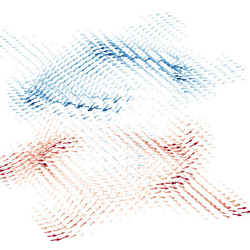
Terahertz-field activation of polar skyrons
Nat. Commun. 16, 8994 (2025).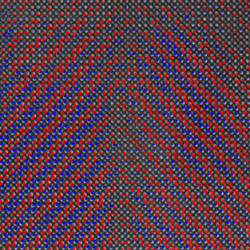
Establishing a pure antiferroelectric PbZrO3 phase through tensile epitaxial strain
Nat. Commun. 16, 6536 (2025).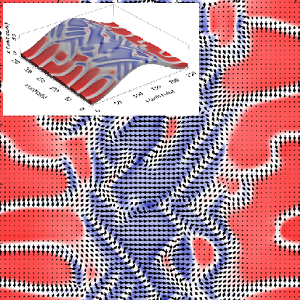
Curvature-controlled polarization in adaptive ferroelectric membranes
Small, e06338 (2025)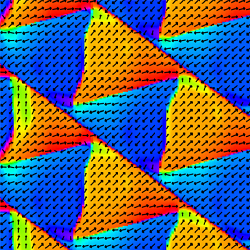
Pyramidal charged domain walls in ferroelectric BiFeO3
Comms. Mater. 6, 161 (2025).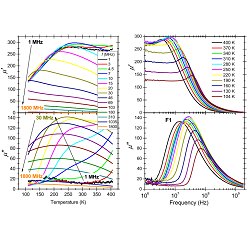
High-frequency and microwave magnetic properties of Ni0.5Zn0.5Fe2O4 spinel ferrite ceramics
J. Alloy. Compd. 1036, 181675 (2025).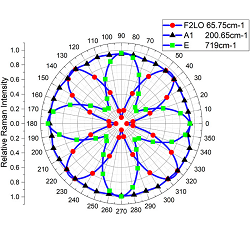
Orbital angular momentum impact on light scattering by phonons tested experimentally
APL Photonics 10, 046106 (2025).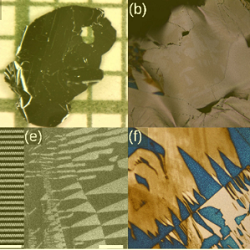
Sliding ferroelectric catalyst for carbon nanoparticle generation
ACS Appl. Nano Mat. 8, 11847 (2025).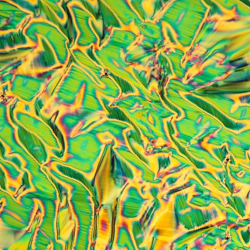
Induced re-entrant SmA phase in binary mixtures of lactic acid derivatives
J. Mol. Liq. 427, 127284 (2025).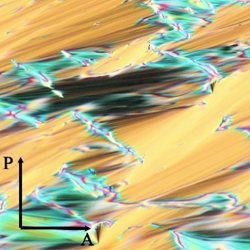
Deuterated lactic acid derivative revealing re-entrant smectic A phasestudied by 2NMR and dielectric spectroscopy
J. Mol. Struct. 1335, 142010 (2025).